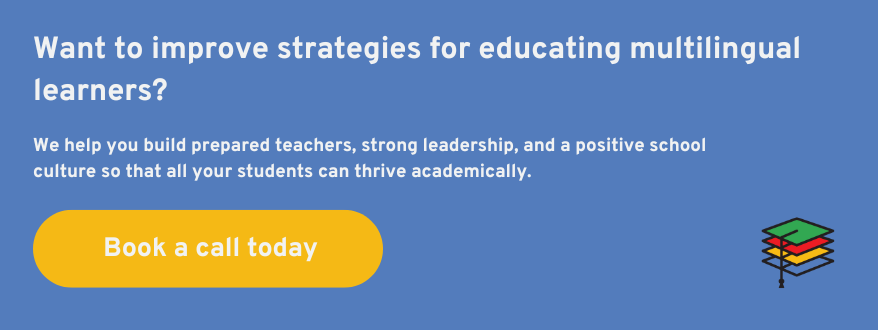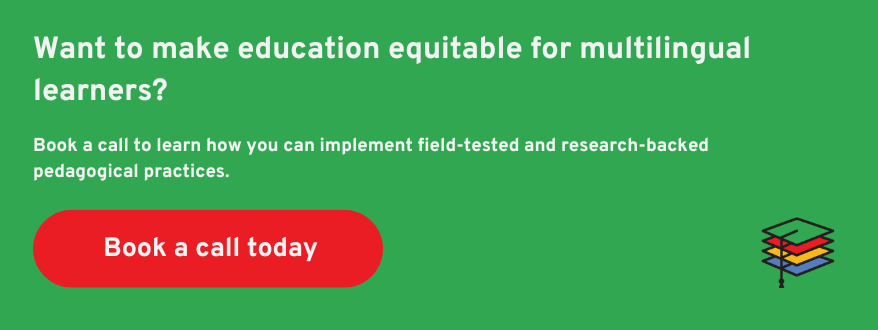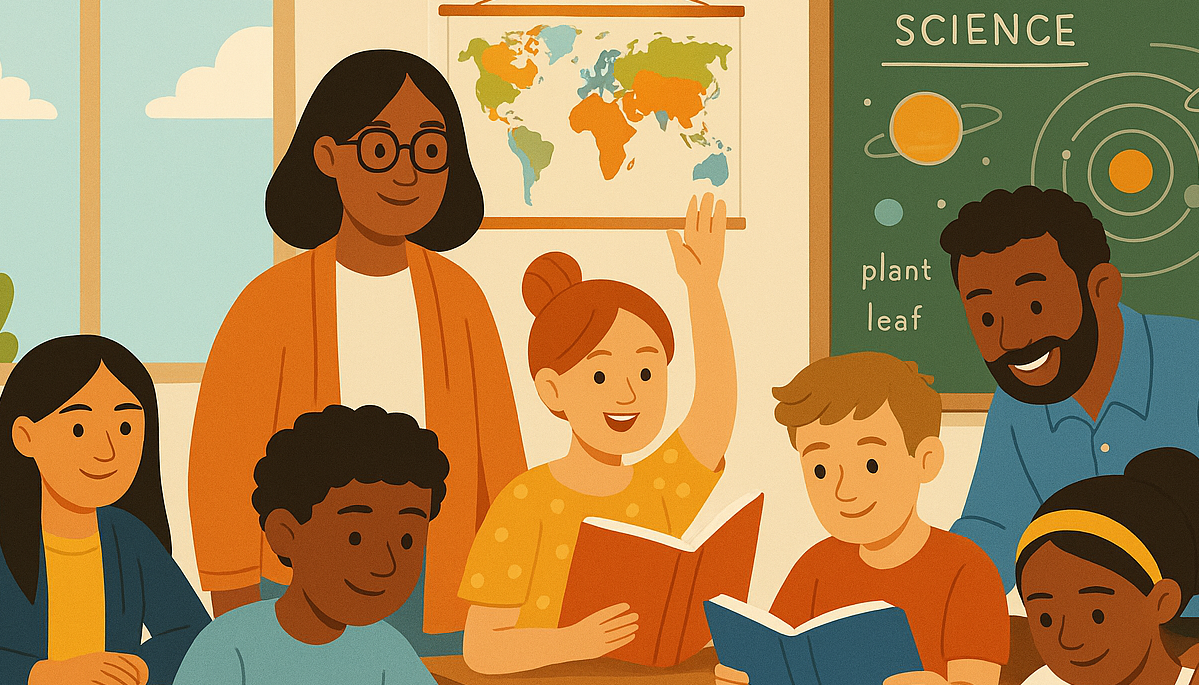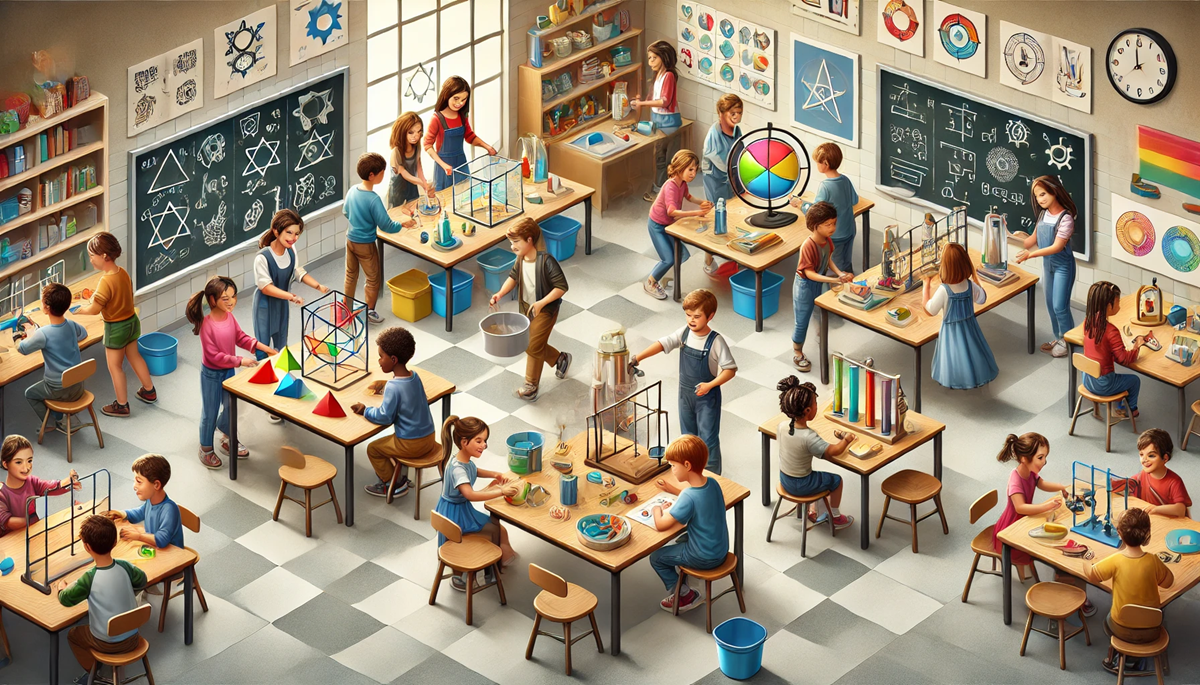We humans are a storytelling creature, and circles are a natural container for the stories we carry and share.
Circles are as old as human civilization.
Now, in the era of Restorative Justice in US public schools, we are beginning to see more and more of them in the mainstream. Schools are incorporating storytelling circles into their students’ daily experience.
Off the top of my head, I can name five schools in Los Angeles where circles are a staple in their students’ education.
Other schools have pockets of teachers who run circles in their classrooms. In all cases, this is fantastic and important work.
Today, I’d like to offer three thoughts on how we might make a school’s circle practice deeper and richer by leveraging circle activities for adults.
Contents
What are the benefits of storytelling circles?
First, we can recognize that the primary function of storytelling circles is not Restorative Justice; it’s to build community and connection.
We can’t repair a car that hasn’t been built. Circles are a community building practice. They bring together the disparate parts of our teams and foster affinity.
There is something deeply human about sitting around something beautiful— a fire, a plant, an array of gathered objects— with the people who share our lives. We get a chance to make meaning together. This arrangement levels the playing field and by its very shape says that we all matter, that we all can listen, and we all have something of value to share.
When a community uses storytelling circles to build connection, then yes, those circles can also hold the responsibility of helping to mend breaks in that community.
Are circles just for kids?
Second, we can embrace the idea that circles aren’t just for the kids; they’re for the adults as well.
There are so many reasons for this:
- We learn how circles work by participating in them. We get a feel for the rhythm of a circle, for the turn taking rules, for how space adds or distracts from what’s going on.
- We feel in our bodies the nerves that come before sharing, the compassion that comes with listening. This makes us more empathetic with our students when they are in the awkward learning phase of sharing in a circle.
- It’s no secret that being an educator is hard. Sitting in a circle with other educators, hearing stories about their experiences, can validate our own and we can help uplift one another.
- Sitting in circles with non-educators, including our students, parents and support staff, can broaden our understanding of our school’s ecosystem. It also equalizes all members of our community as meaningful contributors.
- Expand the circle outward, and toward people we don’t understand at all, and it can broaden our understanding of our communities, our nation, and our world. You need only look at how they are changing the lives of prisoners to see what I mean.
- Research shows that we aren’t listening to one another. In this month’s Harvard Business Review, Francesca Gino writes, “when others are talking, we’re getting ready to speak instead of listening…As a result we get into conflicts that could be avoided, miss opportunities to advance the conversation, alienate the people who haven’t been heard, and diminish our teams’ effectiveness.” Circles practiced with discipline build our listening capacity and our ability to sustain attention outside of ourselves and our technological devices.

Are circle activities for adults?
Third, we can be aware of the risks of cultural appropriation when practicing storytelling circles.
Because of the long and ugly history of oppression and appropriation of native populations by colonizing forces, I feel compelled to address the space which circle practices like the ones described here should occupy in public schools and similar organizations.
While many contemporary circle practices today have been influenced by indigenous practices (mostly implicitly, in some ways explicitly), many practitioners do not themselves identify with a First Nations community.
Those of us who learned to run circles as part of our professional practice, or in trainings offered by non-profits, should be mindful of this.
Can we hold storytelling circles that ask for deep listening and human connection? We can and we should.
Should we overlay our circles with cultural rites that are not ours to speak to? No, we should not.
What, then, are the universal attributes of a storytelling circle?
- A circle with a center.
- An official start and an official end to the time in the circle.
- An agreement of bravery or vulnerability or confidentiality.
- A facilitator who elicits stories from the group.
- A turn-taking mechanism.
- An intentional practice of listening completely without judgement.
- An intentional practice of speaking truthfully what you need to say.
Taken together, these attributes create an environment where we can develop a heightened awareness of ourselves and the others around us. To that container, each facilitator brings their own loves, joys and history to the circle. Each group, if it meets regularly, develops its own micro-culture.
For a deeper understanding of how circles work in adult communities, or to find a public training, check out the following websites:
- The Ojai Foundation
- Circle Ways (formerly Council In Schools)
- Council Heart
- The Center for Council
Or, if you want to jump right in (and are local to Los Angeles), there is a free, monthly educator’s circle in Culver City, California and a monthly drop-in circle, open to all, in Venice, California.
Sherre Vernon is a principal coach with Ensemble Learning, and you can continue the conversation with her at svernon@ensemblelearning.org. If you’d like to learn more about how Ensemble Learning can partner with your school, district, or organization to improve culture and increase equity, contact Ensemble CEO Elise Darwish at edarwish@ensemblelearning.org.





